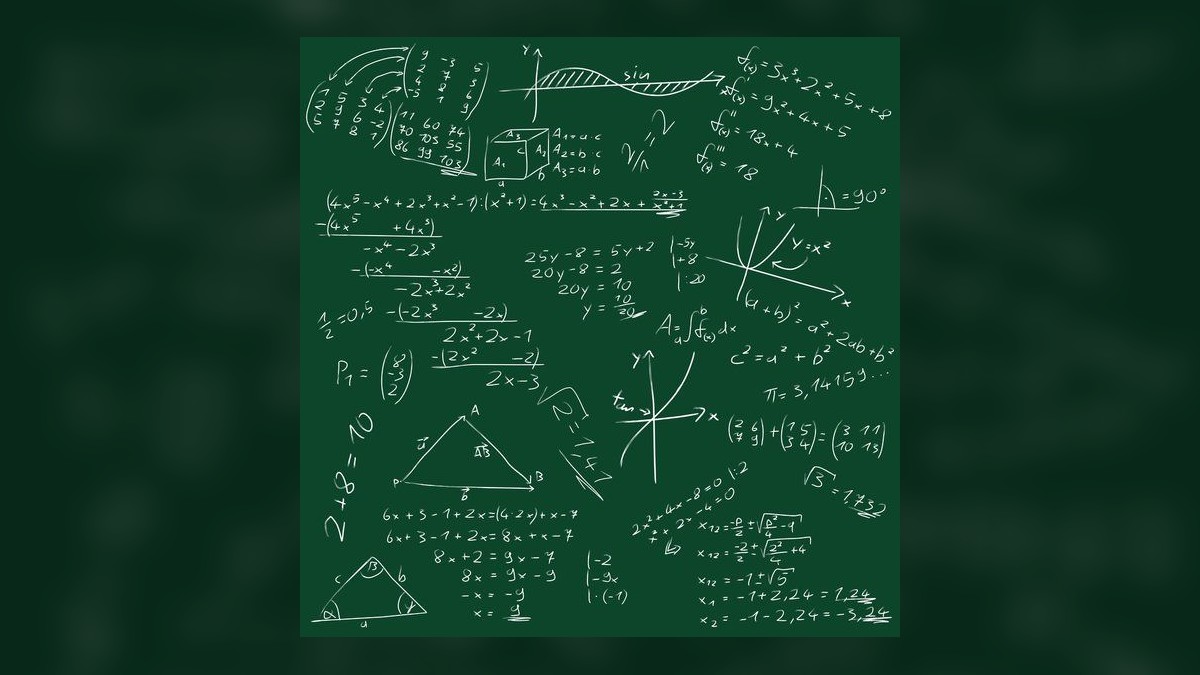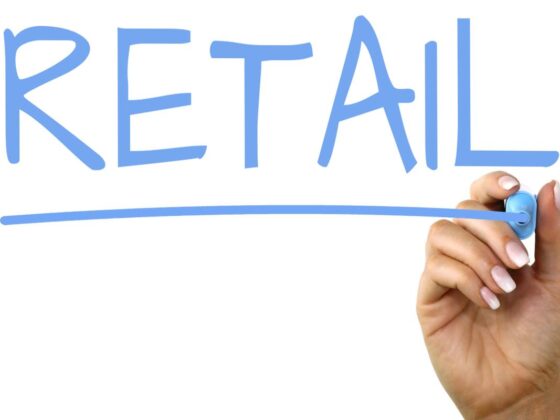Mastering mathematical analysis concepts can be challenging for many students, but incorporating visual learning techniques can make a significant difference in understanding complex mathematical principles. By using visual aids such as graphs, diagrams, and illustrations, students can better grasp abstract concepts and see the real-world applications of mathematical analysis.
In this article, we will explore three visual learning techniques that can help students excel in their study of mathematical analysis concepts. From geometric representations to interactive simulations, these techniques offer a hands-on approach to learning that can enhance comprehension and retention of key mathematical ideas.
Whether you are a visual learner or looking to enhance your mathematical skills, incorporating these visual learning techniques into your study routine can make a significant impact on your understanding of mathematical analysis.
1. Graphic Organizers: An Effective Tool for Understanding Mathematical Analysis Concepts

Graphic organizers are a powerful and effective tool for students to gain a deeper understanding of mathematical analysis concepts.
By visually representing relationships and connections between key ideas, graphic organizers can help students make sense of complex mathematical concepts in a structured and organized way. These visual tools can aid in identifying patterns, clarifying processes, and enhancing problem-solving skills.
Whether used to map out equations, create diagrams for geometric proofs, or illustrate data analysis techniques, graphic organizers can support students in navigating the intricacies of mathematical analysis with greater clarity and comprehension. By incorporating graphic organizers into their learning repertoire, students can enhance their ability to think critically, reason logically, and solve problems with confidence.
2. Mind Mapping: Enhancing Comprehension of Complex Mathematical Analysis Topics

Utilizing mind mapping techniques can greatly enhance ones comprehension of complex mathematical analysis topics.
By visually organizing key concepts, formulas, and relationships in a nonlinear and interconnected manner, students are better able to grasp the overall structure and logic of the subject matter. This method not only helps in retaining information more effectively but also aids in problem-solving and critical thinking skills.
Furthermore, the visual nature of mind maps can engage students in a more interactive and hands-on learning experience, making the process of mastering challenging topics more enjoyable and accessible.
3. Diagrams and Charts: Visual Learning Techniques for Visualizing Mathematical Analysis Principles

Diagrams and charts are powerful tools for visual learners looking to grasp complex mathematical analysis principles.
By visually representing data and relationships, these visual aids can help students better understand abstract concepts and make connections between different mathematical elements. Whether its a graph showing the correlation between variables or a flowchart illustrating the steps in a mathematical process, diagrams and charts can provide a clearer and more intuitive way to approach mathematical analysis.
Using visual learning techniques can not only enhance comprehension but also improve retention and application of mathematical concepts in real-world scenarios.
Conclusion
In conclusion, visual learning techniques can significantly enhance understanding and retention of mathematical analysis concepts. By incorporating methods such as geometric visualization, graphing functions, and using diagrams, students can gain a deeper insight into complex topics such as limits.
Verification of limits using the definition can aid in solidifying understanding and provide a hands-on approach to learning. These visual strategies not only make mathematical analysis more accessible and engaging but also empower students to think critically and problem-solve effectively.
By integrating visual learning techniques into the study of mathematical analysis, students can develop a stronger foundation in the subject and excel in their academic pursuits.


